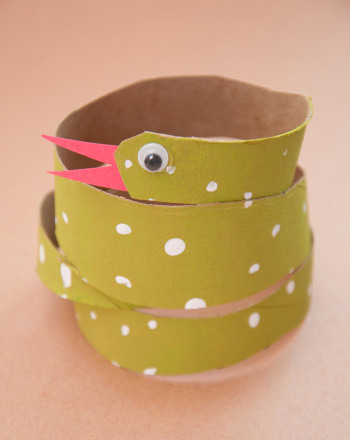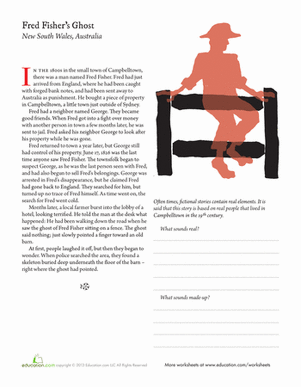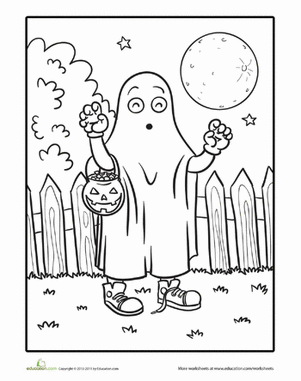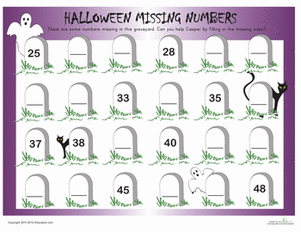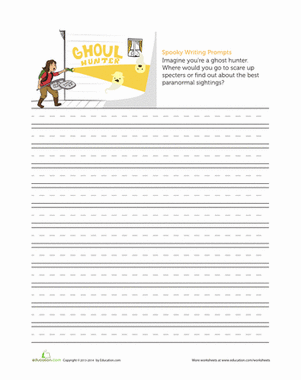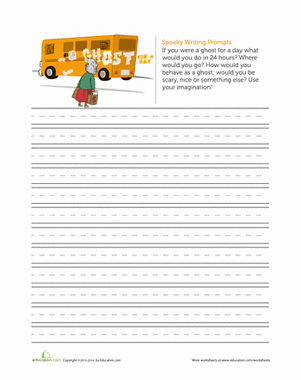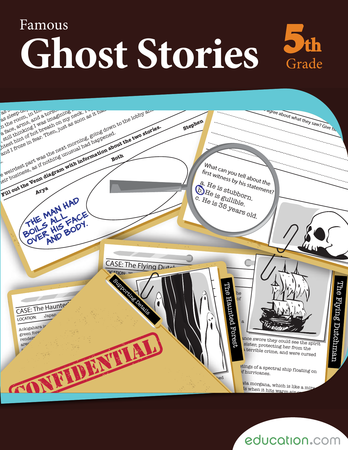Science project
The Ghost in the Tube
Grade Level: 1st through 5th; Type: Meteorology
Objective:
Make a “ghost” appear in a test tube, and learn about what happens when hot water and cold water interact.
Research Question:
How do hot and cold fluids mix? What causes cumulus clouds to form?
Materials:
- Disposable cup
- Hot water
- Food color (any dark color)
- Small funnel
- Pencil and paper and a crayon or colored pencil that matches the food color (alternatively: a camera)
- Two test tubes, exactly the same size
- Cold water
- Index card or small piece of paperboard
- An adult helper
- Optional: some old newspaper and a smock
Experimental Procedure:
- You might want to do this experiment over a sink or some old newspaper, it can get messy! Also, a smock might be a good idea.
- If you are using the paper-and-pencil option, use the pencil to draw three very tall, narrow ovals with straight sides on the paper. If you’re using a camera, get it ready and set it where it won’t get splashed!
- Fill the cup partway with water that’s as hot as you can safely and comfortably handle. Put a few drops of the food color in it and swirl it around until it’s well mixed. The water should be pretty dark.
- Use the funnel to fill one of the test tubes completely with the hot water and hand it to your helper to hold.
- Fill the other test tube completely with cold water. Cover the opening with the index card.
- Have your helper hold the tube of hot colored water very still. Meanwhile, keep the index card firmly over the tube of cold water while you turn it upside down. With the index card firmly in place, put the upside-down tube on top of the hot-water tube so that the openings line up exactly. Have your helper hold them that way.
- Now, quickly!, either use your crayon to draw a sketch of what the tubes look like, or use the camera to take a picture.
- Without taking your eyes off of the water in the upside-down test tube, you’re your helper make sure the test tubes stay in position and very carefully remove the index card so that the water in both tubes can mix.
- Do you see the “ghost”? As the less-dense warm water meets the denser cold water, the warm water rises; meanwhile, the denser cold water is sinking. This movement—a warm fluid (that’s a gas or a liquid!) rising as a cold one sinks—is called convection, and it’s what creates cumulus clouds. You might notice that the “ghost” in your test tube looks a lot like a cumulus cloud, especially the tall ones called “turkey towers.” There’s a reason for that!
- Quickly use the crayon to sketch the “ghost” in the second tall oval, or use the camera to take a picture of it. If you’re using the camera, take several pictures from closer and further away and from different angles.
- Keep watching the test tubes as the hot and cold water mix. After a minute or two you should have two test tubes full of warm, lightly colored water. Draw this in your third oval, or take a picture of it.
Terms/Concepts: fluids, convection, cumulus clouds, density
References: Phineas and Ferb Science Lab, published by Scholastic, Inc., pp. 16-17 (2011).
Disclaimer and Safety Precautions
Education.com provides the Science Fair Project Ideas for informational purposes only. Education.com does not make any guarantee or representation regarding the Science Fair Project Ideas and is not responsible or liable for any loss or damage, directly or indirectly, caused by your use of such information. By accessing the Science Fair Project Ideas, you waive and renounce any claims against Education.com that arise thereof. In addition, your access to Education.com's website and Science Fair Project Ideas is covered by Education.com's Privacy Policy and site Terms of Use, which include limitations on Education.com's liability.
Warning is hereby given that not all Project Ideas are appropriate for all individuals or in all circumstances. Implementation of any Science Project Idea should be undertaken only in appropriate settings and with appropriate parental or other supervision. Reading and following the safety precautions of all materials used in a project is the sole responsibility of each individual. For further information, consult your state's handbook of Science Safety.
Education.com provides the Science Fair Project Ideas for informational purposes only. Education.com does not make any guarantee or representation regarding the Science Fair Project Ideas and is not responsible or liable for any loss or damage, directly or indirectly, caused by your use of such information. By accessing the Science Fair Project Ideas, you waive and renounce any claims against Education.com that arise thereof. In addition, your access to Education.com's website and Science Fair Project Ideas is covered by Education.com's Privacy Policy and site Terms of Use, which include limitations on Education.com's liability.
Warning is hereby given that not all Project Ideas are appropriate for all individuals or in all circumstances. Implementation of any Science Project Idea should be undertaken only in appropriate settings and with appropriate parental or other supervision. Reading and following the safety precautions of all materials used in a project is the sole responsibility of each individual. For further information, consult your state's handbook of Science Safety.

